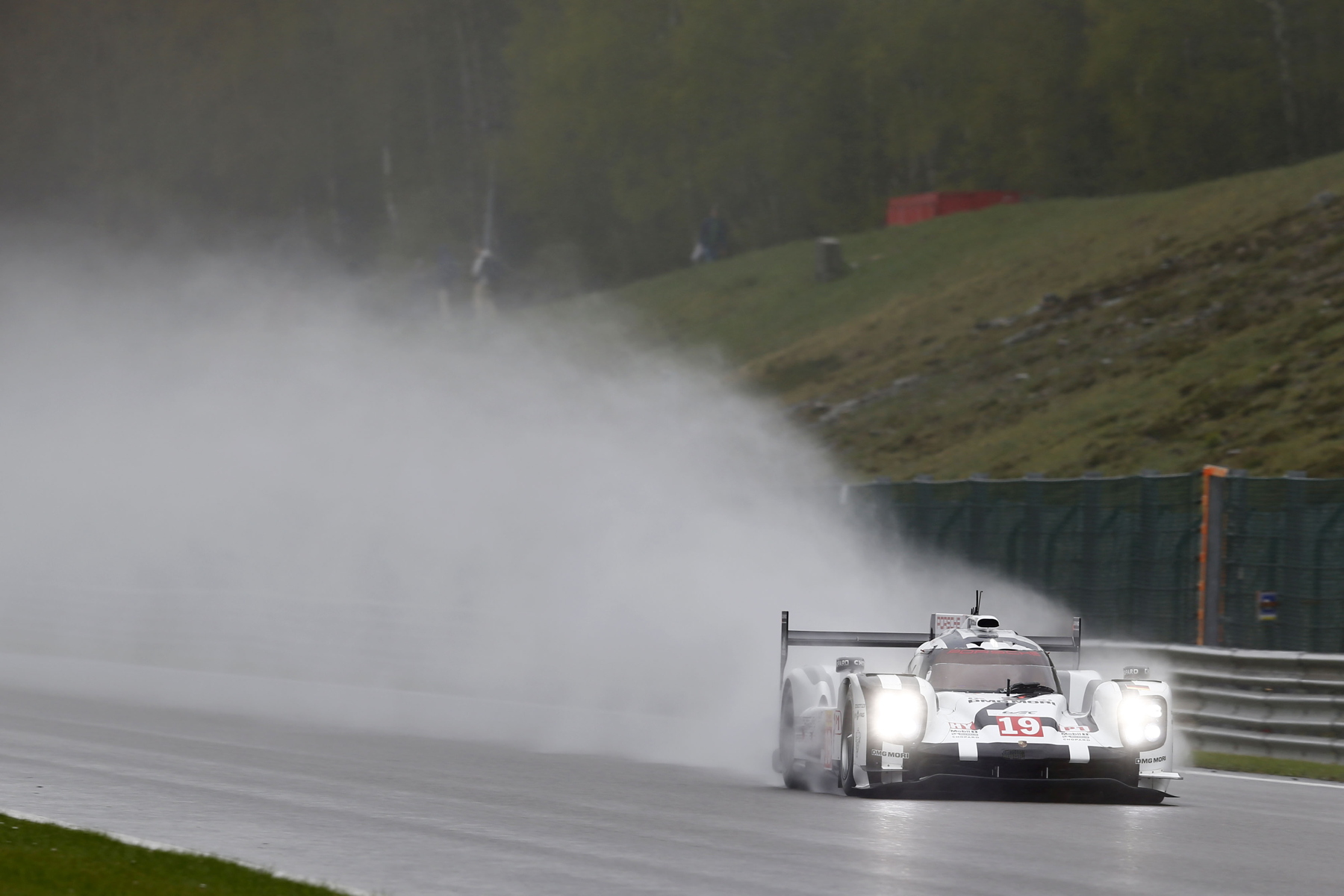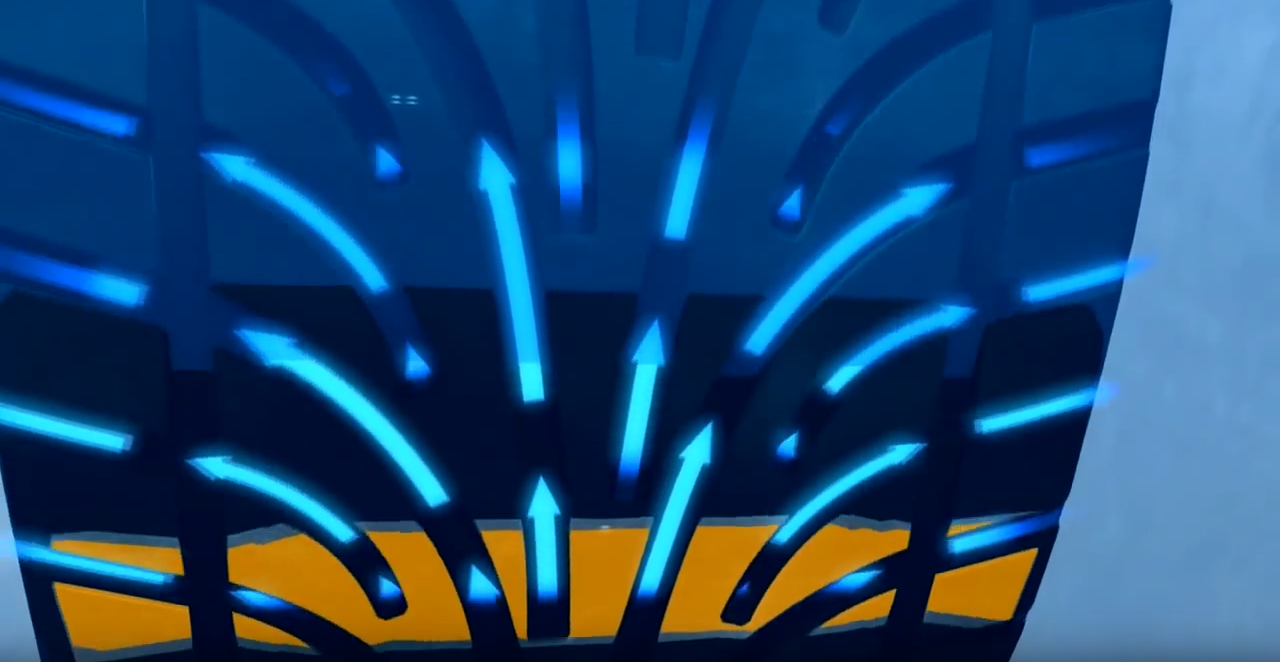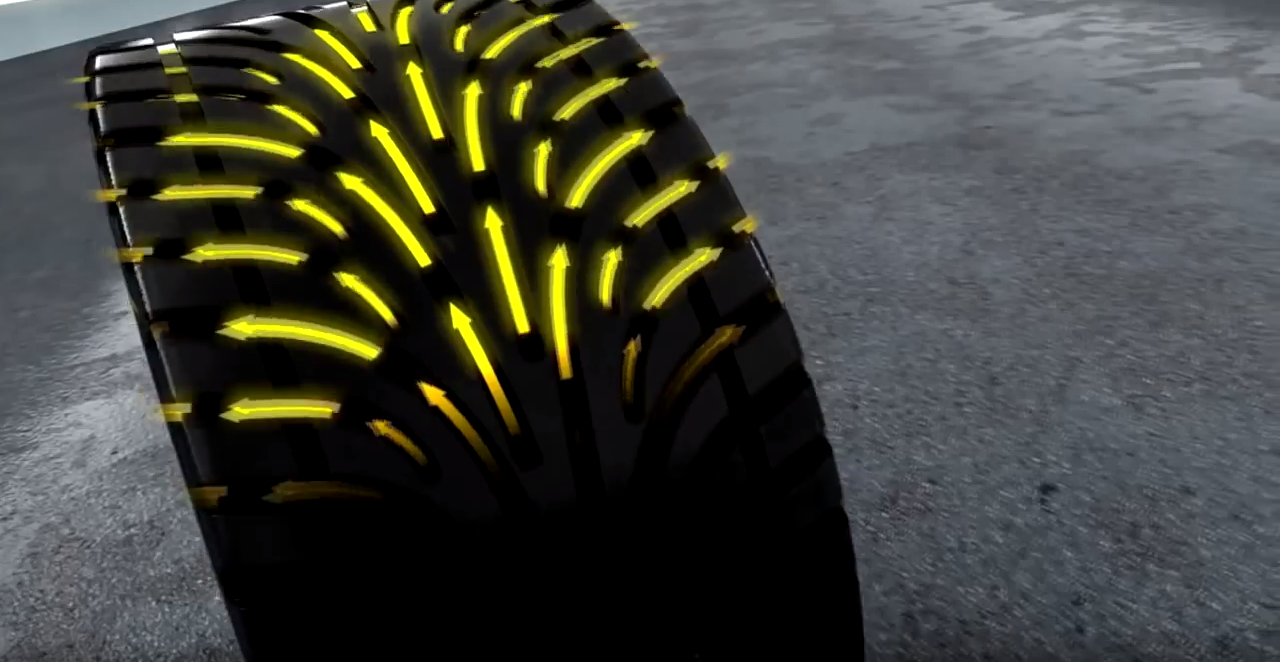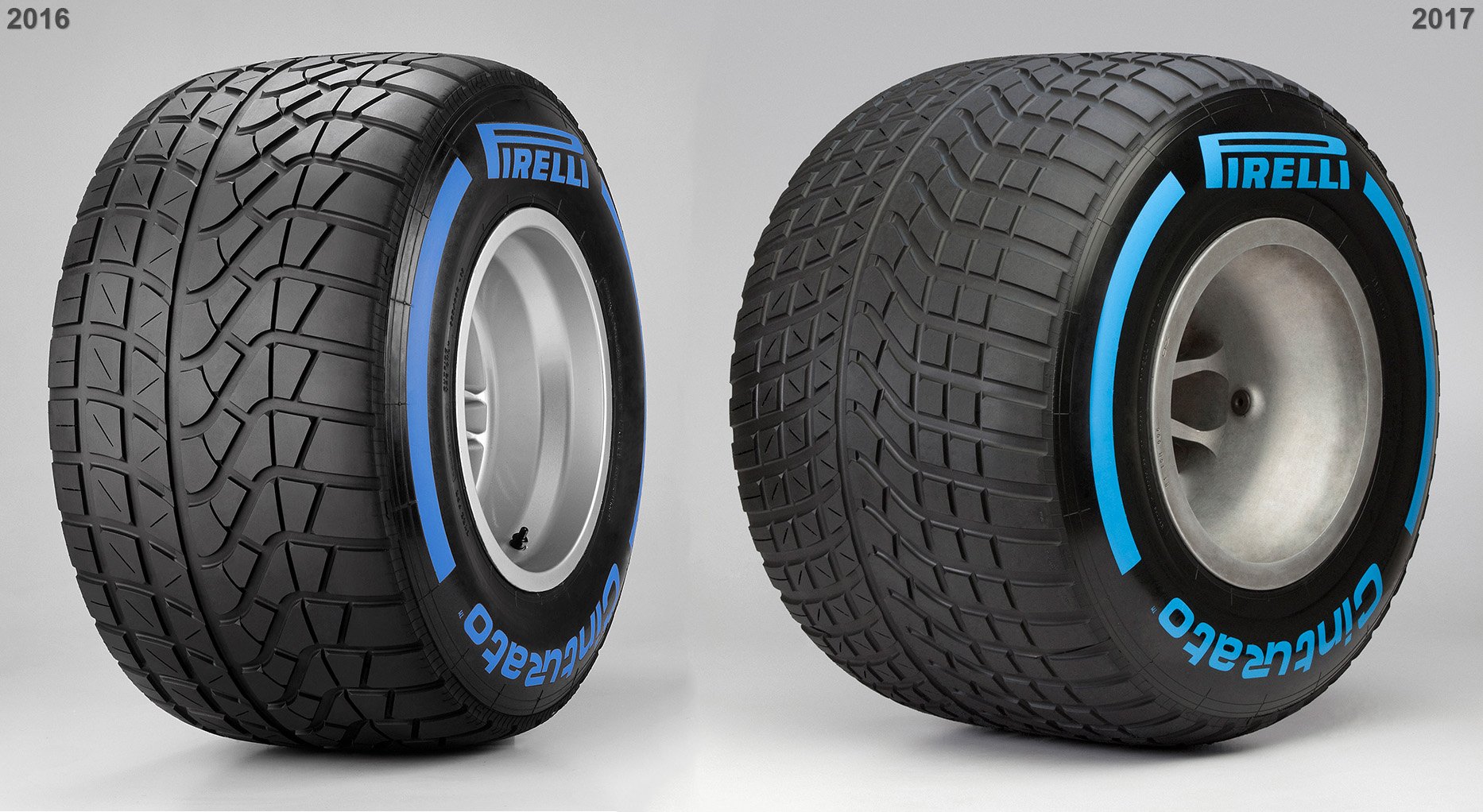- Login or Register
No account yet? Sign up


The tarmac solution relies on coarse concrete which the huge torques generated in F1 might rip up, leading to accidents of the sort Massa had with a spring that came loose from Kimi's car. I know the tarmac mixture doesn't meet PlatinumZealots requirements, but since we are talking safety enhancements, I just thought I'd mention it.

That would mean LMP1 cars would probably have less spray, right? I think the idea is slightly flawed.DiogoBrand wrote: ↑25 Sep 2017, 06:48If somehow covering the wheels would avoid the spray, then GT cars wouldn't produce it.
https://s-media-cache-ak0.pinimg.com/or ... e120be.jpg
Add that to F1 massive levels of speed and downforce, and you have a formula for uncontrollable spray no matter what you do.




Reducing the width might reduce the spray, but not considerably, since the aero also plays a big part in lifting all that water. Also I don't think the width will necessarily increase the chance of aquaplaning.Andres125sx wrote: ↑26 Sep 2017, 09:02There´s another option, much easier. Reduce wet tires width
That would also help reducing aquaplanning, wich is the most dangerous part of racing under the rain. As many people around here told me, aquaplanning is produced by the floor more than the wheels, so the wheel diameter should be a bit bigger. They are a bit bigger nowadays, but not enough obviously
Narrower and taller tires would be a better option I think
I agree partly. Agree about tyres having to be of a larger diameter to keep the floor from aquaplaning, and about the better thread to keep the tyre from aquaplaning even if it's wider. Also agree about having weaker, but more predictable aero. I just don't think it's possible to avoid spray in any significant way, even with less aero and narrower tyres. Just look at the pictures above and you'll notice that even with weaker downforce, narrower tyres and covered wheels you still have a significant amount of spray.Andres125sx wrote: ↑26 Sep 2017, 17:47Disagree, about the tire width not related with aquaplanning, but I guess you mean with a proper thread it can be controlled and I can agree with that. Butt agree about aero, that´s the reason I said wet tires should be taller (more than actually). This way aero is reduced reducing spray, but also aquaplanning as the floor will increse clearance wich according to the experts is the main reason for aquaplanning on F1 cars. Two advantages with only one simple change
Grip would be drástically reduced, but the problem with wet racing is not reduced grip, but unexpected aquaplanning and poor visibility. If aquaplanning and spray are reduced, it doesn´t matter if the grip is low, while it is predictable (no aquaplanning) and visibility is ok, there would be no reason to red flag wet races as often as currently
So, the topic is about discussing a ridiculously complicated method of controlling spray when a ridiculously simple one already exists? Great, glad you let us know.PlatinumZealot wrote: ↑20 Sep 2017, 23:10The topic is not about draining of the tracks though.nokivasara wrote: ↑20 Sep 2017, 21:01I think deflectors are the wrong way to go, the amount of water at the track does not change, the amount of water lifted by the tires does not change, so there's the same amount of water that gets moved around...
Better draining of the tracks shouldn't be that difficult, corners are banked and only need a "sewer" system that transports the water away. The straights maybe could have more rounded profile (camber?) so the water runs to the sides where it can be collected and led away.
Whatever it takes to make racing in the wet possible is better than the situation we have now, with SC or red flags as soon as there is some rain.
This topic is about engineering a fender-less solution to deflect the spray in order to improve driver vision down the track.
+1 - Much like the blind spot indicators in the other thread. It's probably great in some application and I would never aim say an idea is bad, but it's obvious Zealot won't have anyone else's feedback unless they agree and it's also obvious that Zealot (like the other guy) has not thought of the big picture in his idea and is instead just looking to "engineer" a solution for the sake of it by way of filtering the criticism.Just_a_fan wrote: ↑26 Sep 2017, 20:40So, the topic is about discussing a ridiculously complicated method of controlling spray when a ridiculously simple one already exists? Great, glad you let us know.PlatinumZealot wrote: ↑20 Sep 2017, 23:10The topic is not about draining of the tracks though.nokivasara wrote: ↑20 Sep 2017, 21:01I think deflectors are the wrong way to go, the amount of water at the track does not change, the amount of water lifted by the tires does not change, so there's the same amount of water that gets moved around...
Better draining of the tracks shouldn't be that difficult, corners are banked and only need a "sewer" system that transports the water away. The straights maybe could have more rounded profile (camber?) so the water runs to the sides where it can be collected and led away.
Whatever it takes to make racing in the wet possible is better than the situation we have now, with SC or red flags as soon as there is some rain.
This topic is about engineering a fender-less solution to deflect the spray in order to improve driver vision down the track.

So you see! FIA does steal ideas from this website! Where is my money FIA??!!PlatinumZealot wrote: ↑23 Sep 2017, 13:33I have been looking at something near the contact patch of the tyre. Maybe extensions off the sides of the diffuser.

